Part of Sybille Klenzendorf's work as a conservation specialist at WWF is to promote the protection of polar bears in the Arctic Programme. In this interview she describes the current threats posed by climate change.
About Mrs Klenzendorf
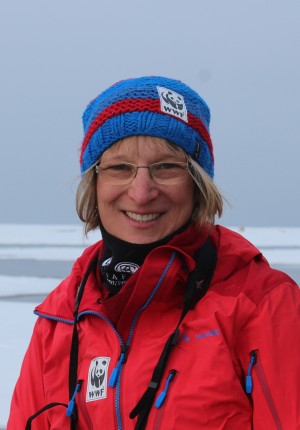
Sybille Klenzendorf is a conservation specialist at WWF. She is passionate about the polar bears and strives to protect them in the WWF Arctic Programme.
Ms Klenzendorf, nowhere on Earth is affected as strongly by climate change as the Arctic. How will the habitat of polar bears change in future?
If we do not stop global warming quickly then the ice will disappear completely. This is a sad scenario and will have dramatic consequences for polar bears. Since the 1980s, the average temperature in the Arctic has risen by a full degree per decade. Over this time the summer pack ice has retreated by around 40 percent. The Arctic summers are becoming longer, and the winters shorter. In some areas, the ice-free period has risen by six weeks compared to the 1980s. These are really severe changes.
So what does this mean for the polar bears?
They are being forced to alter their behaviour. Especially during the Arctic winter, polar bears normally hunt seals on pack ice, as this is mainly where the seals' breathing holes or breeding sites are found. Large parts of the ice melt in the summer, which is when the polar bears begin to fast. This fasting period is lengthening because the summers are becoming longer. If it is just one or two weeks then that is not a problem. But in many regions the pack ice does not come back for ten weeks or more, during which the polar bears are barely able to eat anything. It also makes it difficult for them to reproduce and feed their young.
Read more below the image gallery.
Melting away
Since the 1980s, the average temperature in the Arctic has risen by a full degree per decade. Over this time the summer pack ice already has retreated by around 40 percent.
How does this impact on the coexistence of polar bears and people?
Firstly, they meet more often because the polar bears spend more time on land. This is why many people in Alaska think there are more polar bears around today than before. Additionally, polar bears that have been hungry for months naturally behave differently to those which have only needed to fast for one or two weeks: they approach human settlements, look for food on waste dumps, and are also willing to attack people, something that is happening more and more frequently. What is more, many of the locals in these regions of Alaska are subsistence hunters, who hunt whales, seals and caribous for their own needs. In turn, the remains of these animals attract the polar bears.
How does WWF support these communities?
In many communities we work together with the locals to fence off the waste dumps, and advise them on what to do with the remains of their prey. Or we provide them with fridges to store the meat because the traditional cold stores now melt in the summer months.
How many polar bears are there now?
Based on scientific studies we estimate the population to be 22,000 – 31,000 animals. But if we fail to help the polar bears now, then we will lose at least a third of them by 2050.
How can we help the polar bears?
Firstly, we need to bring climate change under control. For Arctic species, the global warming limit of well under two degrees Celsius set in the Paris Climate Agreement is decisive for their survival. Consequently, everything must be done to ensure that in particular also Germany meets its responsibilities.
What does Germany have to do with polar bears?
Well, Germany is one of the largest emitters of CO₂ in the world. It is true that Germany is planning to forego coal as an energy source, but there are still numerous coal-fired power plants in use today. Without making an exit from coal, the two-degree limit cannot be achieved. This means Germany can certainly do a lot.
Is climate change in the Arctic now well documented?
The world is running the risk of losing a third of its polar bears in the coming years – simply because their habitat is melting away below their paws. The last three years have been record-breaking years, measuring peak temperatures that have never been seen before. Climate change is real, and it is man-made.
Published on KfW stories: Wednesday, 1 November 2017
The described project contributes to the following United Nationsʼ Sustainable Development Goals
Goal 15: Sustainably manage forests, combat desertification, halt and reverse land degradation, halt biodiversity loss
Biodiversity loss is increasing, and with it, the basis of our lives is being rapidly destroyed. According to estimates, 60 per cent of the worldʼs ecosystems have declined or are not used sustainably. 75 per cent of genetic diversity in agricultural crops has been lost since 1990. More than half of the rain forests have been destroyed in favour of producing palm oil, biofuels, animal feed and meat.

All United Nations member states adopted the 2030 Agenda in 2015. At its heart is a list of 17 goals for sustainable development, known as the Sustainable Development Goals (SDGs). Our world should become a place where people are able to live in peace with each other in ways that are ecologically compatible, socially just, and economically effective.

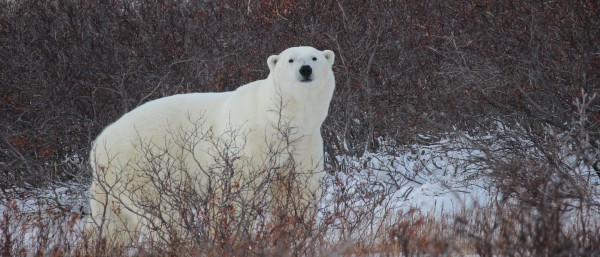
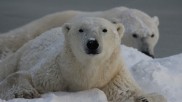
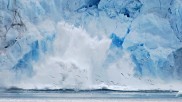
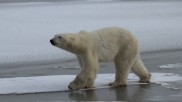
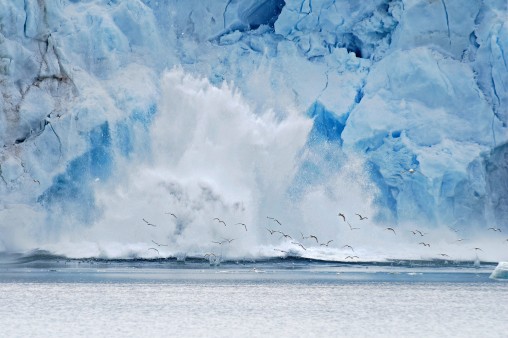
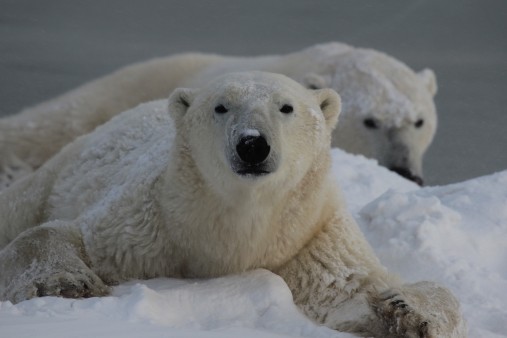
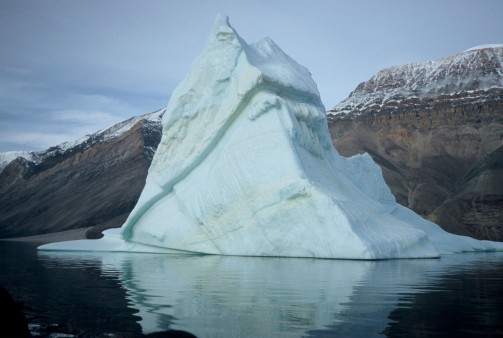
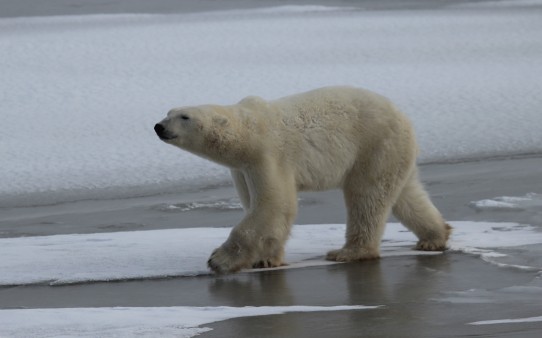
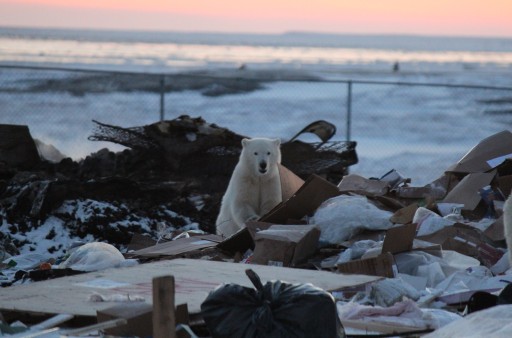





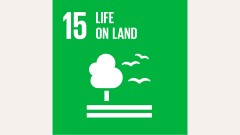

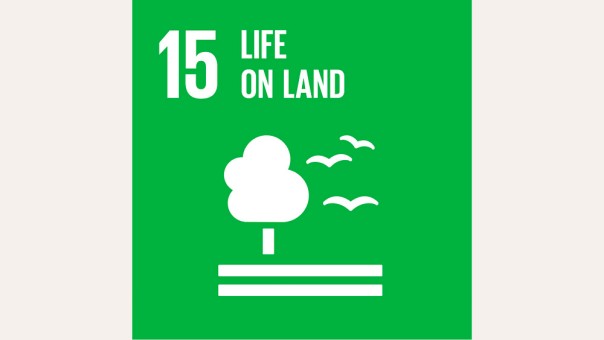

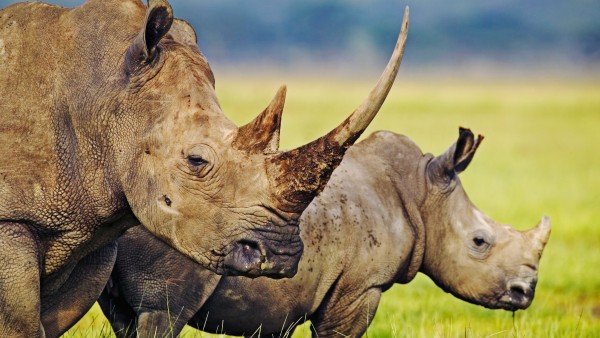
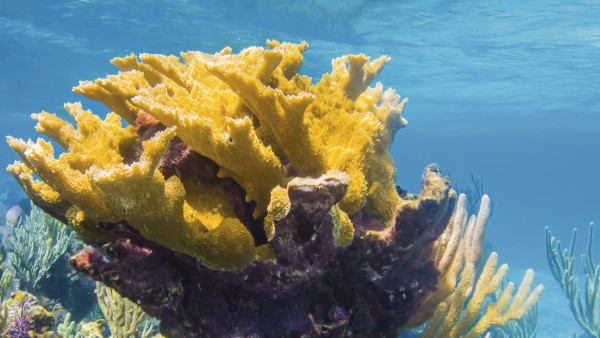

Data protection principles
If you click on one of the following icons, your data will be sent to the corresponding social network.
Privacy information